Sensors already equip a range of tools to enhance monitoring capacity for conservation. Some of the higher bandwidth technologies, like camera traps and acoustic monitoring systems, have been essential elements of the conservation toolkit for decades, and thus have enough users that we've created dedicated WILDLABS groups to address them. But a whole range of lower bandwidth sensors beyond these core technologies are being increasingly integrated into conservation monitoring systems, and offer rich new insights into the wildlife and ecosystems we're all working to protect. As with many technologies, cost and access have historically been challenges to the adoption of new sensors, but with low-cost and open-source solutions on the rise, we're excited to see what the future of this space holds.
Getting Started with Sensors:
- Watch Shah Selbe's Tech Tutors episode on scaling FieldKit, an open-source conservation sensor toolbox, from a project to a successful conservation tech product.
- Check out our Virtual Meetup about Low-Cost, Open-Source Solutions in conservation tech, including a talk by Alasdair Davies on the Arribada Initiative's work with thermal sensors in early warning systems.
- For a more in-depth introduction, watch the first video in our datalogger mini-series: Freaklabs: How do I get started with Arduino?
In this group, you'll meet others who are using and innovating diverse sensors in their work, discuss ways to make sensors more effective & accessible for conservationists, learn about what sensors are already helping us accomplish in the field, and have the opportunity to ask and answer questions. Join this group to get started!
Header image: Emma Vogel, University of Tromsø
- @jenlaw
- | She/Her
Biodiversity scientist specialising specialising in the study of tropical ecosystems and their biodiversity using multiple forms of technology, including acoustics, images and robotics.
- 0 Resources
- 0 Discussions
- 14 Groups
CEO of Anicare. Anicare produce next generation ear tag form tracking device for wildlife tracking


- 0 Resources
- 1 Discussions
- 6 Groups
The University of Queensland
Passionate about using technology and data to solve conservation issues.
- 0 Resources
- 2 Discussions
- 9 Groups
- @lampros
- | He/Him
I am a Data and Remote Sensing Analyst specializing in programming (R, Python) at Monopteryx, contributor to open-source projects related to machine-, deep-learning, remote sensing and interested in Biodiversity
- 0 Resources
- 4 Discussions
- 10 Groups
- @jscanass
- | he/him
University College London (UCL) & Red Ecoacústica Colombiana
PhD Student at UCL
- 0 Resources
- 1 Discussions
- 8 Groups
- @parlaynu
- | he/him
software engineer
- 0 Resources
- 0 Discussions
- 13 Groups
Conservify
Community Manager for FieldKit

- 5 Resources
- 2 Discussions
- 3 Groups
- 0 Resources
- 0 Discussions
- 11 Groups
- 0 Resources
- 0 Discussions
- 2 Groups
Arribada Initiative
Director at Arribada, a UK-based conservation technology research & development organisation



- 2 Resources
- 98 Discussions
- 12 Groups
- @Arjun_Viswa
- | S
- 0 Resources
- 0 Discussions
- 27 Groups
I run a small consulting company, Simeone Consulting, LLC, that provides research, data-driven analysis, technical expertise, and writing related to the production, consumption, and international trade of natural resources.
- 0 Resources
- 4 Discussions
- 4 Groups
PhD position available at the University of Konstanz in the Active Sensing Collective Group!
28 March 2025
We are hiring for a customer support / marketing specialist.
20 February 2025
Osa Conservation is launching our inaugural cohort of the ‘Susan Wojcicki Research Fellowship’ for 2025, worth up to $15,000 per awardee (award value dependent on project length and number of awards given each year)....
10 February 2025
New paper - "acoupi integrates audio recording, AI-based data processing, data management, and real-time wireless messaging into a unified and configurable framework. We demonstrate the flexibility of acoupi by...
7 February 2025
The Conservation Technology Laboratory within the Population Sustainability department is seeking two fellows for summer 2025
5 February 2025
Conservationists use tools like drones, satellites, and camera traps to monitor ecosystems and scale their impact. But new challenges like transparency, funding gaps, and engagement remain. Web 3.0 technologies offer...
28 January 2025
The worst thing a new conservation technology can do is become another maintenance burden on already stretched field teams. This meant Instant Detect 2.0 had to work perfectly from day 1. In this update, Sam Seccombe...
28 January 2025
The Zoological Society of London's Instant Detect 2.0 is the world's first affordable satellite connected camera trap system designed by conservationists, for conservationists. In this update, Sam Seccombe describes the...
21 January 2025
Over the years, a large number of developments have gone up in the area that I live in and the municipality is not doing what they should when it comes to upholding the laws that have been put in place to protect the...
20 January 2025
The Marine Innovation Lab for Leading-edge Oceanography develops hardware and software to expand the ocean observing network and for the sustainable management of natural resources. For Fall 2025, we are actively...
6 October 2024
Join the team at FieldKit, an open-source software and hardware sensor platform, and help us validate the quality and usability of the FieldKit platform.
25 September 2024
April 2024
event
March 2024
event
16 Products
Recently updated products
117 Products
1 R&D Projects
81 Organisations
Recently updated products
Recently updated R&D Projects
Recently updated organisations
| Description | Activity | Replies | Groups | Updated |
|---|---|---|---|---|
| Oh good call! I'll add that to our events calendar as well :) |
|
Geospatial, Sensors | 2 years 3 months ago | |
| Rainforest Connection's (RFCx) Guardian devices may be of interest. They are solar-powered and have connectivity options for Wifi, GSM and satellite transfer. They've previously... |
|
Acoustics, AI for Conservation, Connectivity, Data management and processing tools, Protected Area Management Tools, Sensors | 2 years 3 months ago | |
| Hey Tom,Since the output is dependent on a couple of factors such as the solar irradiance of the place, shading from the canopy, the type of solar panels (mono, poly or amorphous... |
|
Autonomous Camera Traps for Insects, Build Your Own Data Logger Community, Camera Traps, Conservation Tech Training and Education, Sensors | 2 years 3 months ago | |
| My original background is in ecology and conservation, and am now in the elected leadership of the Gathering for Open Science Hardware which convenes researchers developing open... |
|
AI for Conservation, Animal Movement, Camera Traps, Conservation Tech Training and Education, Data management and processing tools, Drones, Emerging Tech, Sensors | 2 years 4 months ago | |
| I just came across this interesting paper in which seismic monotoring of animals like elephants was mentioned. This is the study refered to:Cheers,Lars |
|
AI for Conservation, Camera Traps, Emerging Tech, Ethics of Conservation Tech, Human-Wildlife Conflict, Geospatial, Sensors | 2 years 5 months ago | |
| Awesome! it would be great to hear how you get on, maybe you can share your results here when you have them. Is the camera only for the Pi? That could be a problem for scaling as... |
+7
|
Autonomous Camera Traps for Insects, Sensors | 2 years 5 months ago | |
| Dear colleaguesWe study CH4 (and, CO, CO2) emissions from solid waste dumps in Brazil. We seek a low-cost and accurate sensor to make a... |
|
Sensors, Latin America Community | 2 years 7 months ago | |
| Hi Everyone,We chose sigfox becuase it seems to have better range and is plug-play, whereas LoRa requires more custom programming and updating. Getting a gateway cost us $... |
|
Animal Movement, Build Your Own Data Logger Community, Camera Traps, Connectivity, Emerging Tech, Sensors | 2 years 7 months ago | |
| here's an example of what I'm doing. |
|
Sensors | 2 years 7 months ago | |
| Hi there Camilo, What an interesting project! If you are looking for a lower cost, but effective tools for acoustic monitoring you might want to look into two options: ... |
|
Acoustics, AI for Conservation, Data management and processing tools, Sensors, Software Development, Latin America Community | 2 years 7 months ago | |
| Done lots of this over the years and it depends on the species really. If you want incubation behaviour and hence success or otherwise using temperature then the Thermocron... |
|
Animal Movement, Sensors, Build Your Own Data Logger Community, Camera Traps | 2 years 7 months ago | |
| I don't think KEH would influence accelerometry at all.One other way to think about it is - the KEH is a movement sensor itself.The GPS is quite a severe factor in the energy... |
|
Animal Movement, Emerging Tech, Sensors | 2 years 8 months ago |
Fence-Based Elephant Early Warning System
25 February 2020 12:00am
Workshop: Using Bioacoustics for Field Survey
 CIEEM
CIEEM
20 February 2020 12:00am
Hacking Climate Change - Coaction on Climate Crisis
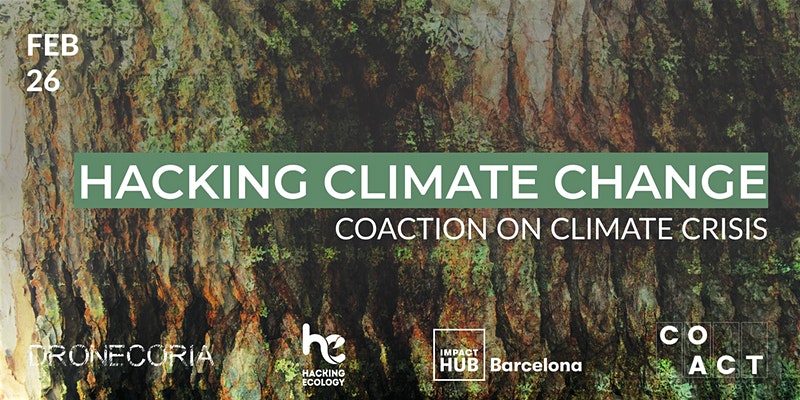 COACT
COACT
20 February 2020 12:00am
HWC Tech Challenge Update: Thermal Elephant Alert System
17 February 2020 12:00am
ICEI2020: 11th International Conference on Ecological Informatics
 ICEI 2020
ICEI 2020
14 February 2020 12:00am
Seafood fund seeks ideas for innovation projects up to £250k
11 February 2020 12:00am
WILDLABS Virtual Meetup Recording: Acoustic Monitoring
5 February 2020 12:00am
Open source, low cost proximity loggers
17 December 2019 10:45am
WILDLABS Virtual Meetup Recording: Drones
9 November 2019 12:00am
Plant-Powered Camera Trap Breakthrough
15 October 2019 12:00am
How do you weigh a live whale?
9 October 2019 12:00am
Instant Detect 2.0 emerges
3 September 2019 12:00am
ESA Kickstarter: Environmental Crimes
22 August 2019 12:00am
ICCB 2019: 5 Key Discussions about the Future of Conservation Tech
21 August 2019 12:00am
Conservation and Technology Conference
 Bat Conservation Trust
Bat Conservation Trust
29 July 2019 12:00am
From the Field: Melissa Schiele
10 June 2019 12:00am
Technology companies, FCO, and conservation NGOs come together to scale technology solutions to end wildlife crime
4 June 2019 12:00am
Technology lab focused on wildlife protection opens on Ol Pejeta Conservancy
31 May 2019 12:00am
FLIR Conservation Discount Program
24 May 2019 4:39pm
25 May 2019 1:18am
Hi Montanamud,
Thanks so much for posting this. I'm Alasdair from the Arribada Initiative, working on the WWF / Wildlabs Asian Elephant Human Wildlife Conflict Challenge to develop an early warning system using thermopiles / microbolometers. We use the Lepton range of FLIR products. Do you know if Lepton modules will be eligable within the Conservation Discount Programme too?
Kind regards,
Alasdair
FLIR Conservation Discount Program
23 May 2019 12:00am
Environmental Management and the Raspberry Pi
21 May 2019 10:42pm
GWP Webinar Recording: Using SMART at scale for effective wildlife protection
21 May 2019 12:00am
Meet the WILDLABS TECH HUB Winners
13 May 2019 12:00am
Technology for Wildlife and the Looming Spectre of E-Waste
3 May 2019 12:00am
How IoT is being used for Australian agriculture
28 April 2019 8:43am
Suggestions or Preferences for content for this forum?
16 March 2019 3:27am
9 April 2019 6:00pm
Hey Akiba,
It would be great to have a conversation about what could be done in the field with IoT systems beyond virtual fencing and other current systems being implemented in conservation. Cases are great here but thinking beyond of what's the need and where could some creative thinking be applied to solve conservation problems. Thanks for getting this going!
Vance
12 April 2019 12:37am
That sounds awesome. Perhaps we start with that. Perhaps discussing some case studies of IoT being used outside of wildlife conservation (ie: enviornmental monitoring, etc), some theoretical applications of IoT that can be followed up with practical discussions on the implementation, or perhaps some hands on tutorials?
I'll start looking into some content ideas and please post anything you find, want to discuss, or would be more interested to hear about.
Akiba
12 April 2019 6:12pm
Sounds great!
Starting an Open Source DataLogger Project
19 March 2019 7:04am
2 April 2019 11:00pm
and love your work MichalSmielak! Looks like a very nice design indeed.
7 April 2019 2:42am
Hi everyone.
It's still a bit early in the process but we have been working on two separate data loggers for the OpenWild toolkit. We're putting this out now so we can discuss the OpenWild tools for the virtual conference coming up on Tuesday. It's mainly to get a conversation started on an open source toolkit.
This datalogger is the one described above with all of the features except for the Grove sensor connectors. We decided that instead, we'll put Arduino compatible shield connectors and have different shields that can add support for specific applications. Here are the features for the OpenWild Datalogger 900M
- Arduino compatible but with (16 kB RAM and 128 kB Flash)
- Low power
- Solar w/rechargeable batteries
- SD card
- Real time clock (DS3231SN)
- Precision 2.5V voltage reference
- Waterproof IP65 enclosure
- 900 MHz Wireless radio (802.15.4)
- 500 mW transmit amplifier, 12 dB low noise receive amplifier
- Communication range of up to 5 km (depends on antenna & terrain)
The initial github repository can be found here. Please note it's still in a pre-release stage so software and everything else will be fleshed out as it gets closer to a 1.0 release.
@Rob+Appleby : Actually an animal-borne datalogger would be really interesting. Will check that out after these two are working and released.
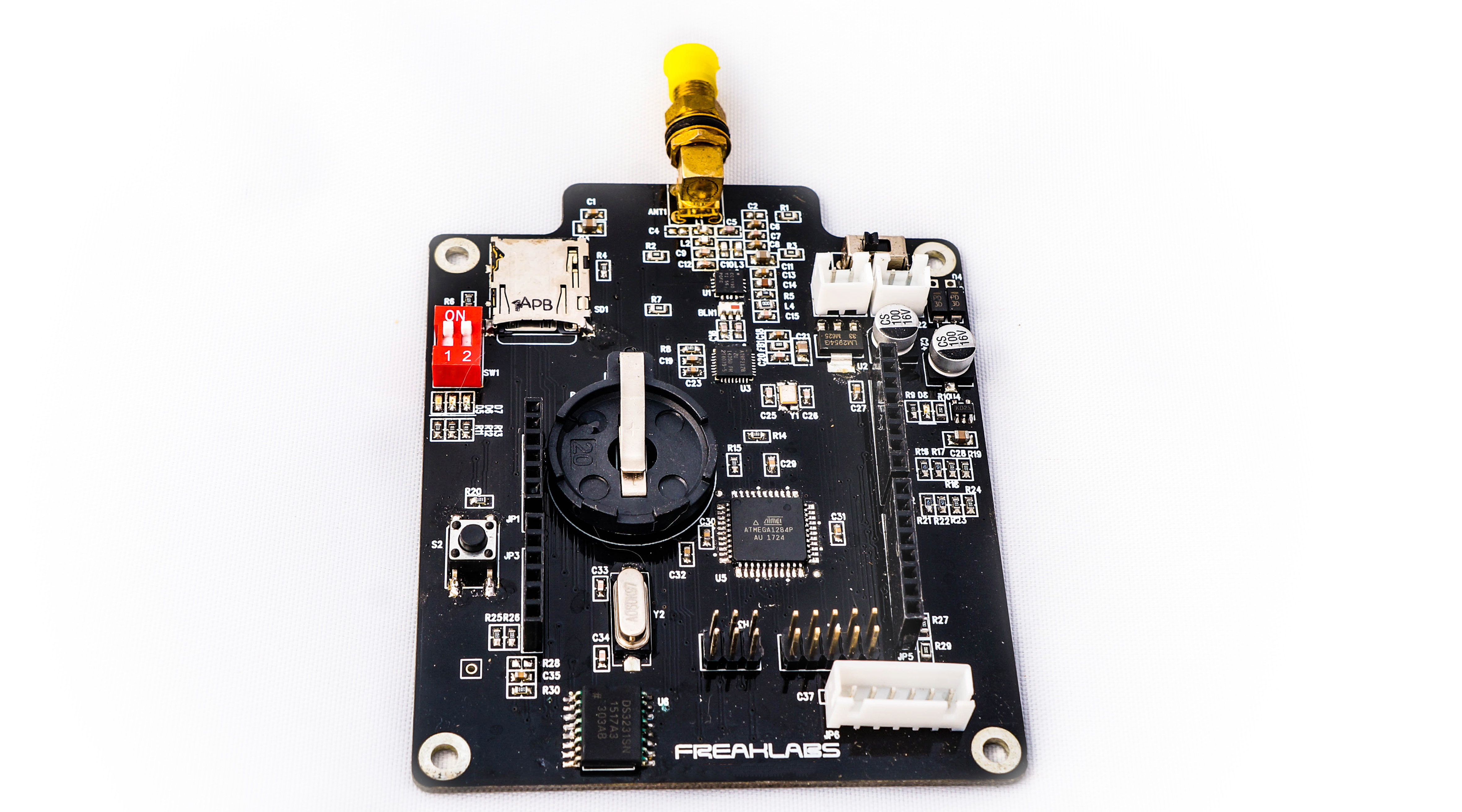




7 April 2019 3:22am
We've also put together a variation on the wireless datalogger. We've found it extremely useful for us in other projects, especially in developing countries without much communications infrastructure except for cellular. This is the OpenWild Wireless DataLogger 3G-GPS.
This can function as a standalone datalogger with a 3G connection to upload data as well as an SD card to have offline storage or backup of data. It can also be used as a gateway for other wireless sensors where it can aggregate the data from a local wireless sensor network and send the information via a 3G uplink. In this case, it will need a wireless shield (ie: 900 MHz 802.15.4 in the case of the OpenWild Datalogger 900M) to collect data from other wireless sensors.
One of the main topics we'd like to discuss along with the OpenWild toolkit is how to proceed with showing how to operate and customize these tools. This might likely be from a series of videos, tutorials, and workshops. It's nice to design all this technology, but our experience is that the most important factor is showing people how these tools can be relevant in their field of work.
But in any case, there's a lot of development effort going on at the moment and we're looking forward to putting together a base of tools specifically designed for wildlife conservation technology. It's really exciting and all of us at freaklabs and hackerfarm are interested in what's happening here.
Here is the feature set for the OpenWild Datalogger 3G/GPS (we actually need better names for everything but that will come later).
- Arduino compatible but with (16 kB RAM and 128 kB Flash)
- Low power (3G modem can be power cycled so that it can turn on only when used)
- Solar w/rechargeable batteries
- SD card
- SIM Card
- Real time clock (DS3231SN)
- Precision 2.5V voltage reference
- Waterproof IP65 enclosure
- 3G WCDMA support (SIM5320 3G module)
- Can support Americas, Europe, Asia. Need to know location to look up the frequency bands used by the country/region
- GPS support
Software will be coming soon. Things are pretty busy at FreakLabs so we mainly wanted to crank out the hardware so we have something to work with. Then the software can come along as free time pops up.






OpenEars is a fact!
4 April 2019 3:49pm
6 April 2019 4:22pm
FYI: we included instructions in English: https://github.com/SensingClues/OpenEars
camera trap sensor zones - how much is hardware and how much firmware
31 October 2016 2:48pm
1 April 2019 7:51pm
Hi Akiba,
Sure thing. An open source camera trap reference design or SoC that meets commerical specifications is, in my eyes, one of the key missing elements in the world of camera traps due to the complexity of achieving comparable performance as that of a Bushnell / Reconyx. Nobody has cracked it yet, and if you're game, that would offer real value to the camera trapping community. I'd be keen to support a move in this direction.
I supported an experimental programme of work a few years back that multiplexed the SD card, meaning anyone with an existing generic camera trap would use the modified SD and the camera would happily keep the bus, writing data / photos, but the bus would be switched on init so the previous data could be read by a third party radio or device, meaning cheap trail cameras could be modified and used and extended. A flat ribbon cable escaped the enclosure in this instance. I was also going to try and run busybox (think WiFi-SD cards) for wireless transfer but the prob was power as the SD card only received power during writes and the objective was 0 hacks - just a modified SD in a standard camera. Could still go down the firmware route, but it gets heavy supporting various different makes. A reference open design and injection moulded case would be the real answer.
Cheers,
Al
2 April 2019 2:25am
Hi Alasdair.
I think an open source camera trap design is very possible. We've looked into the Sunplus chipsets but it seems very difficult to get a reference design and reference software. The SPCA1x28 series is a low end chipset that is very inexpensive, using an 8-bit 8032 processor and handling all the images in hardware. The low cost is likely why so many trail cam manufacturers use them, but the processor is based on an Intel 8051 instruction set circa 1981 and looks closely guarded by Sunplus. What seems to be happening is that companies are selling vanilla circuit boards with standard features and the trailcam manufacturers are using the standard features available in their trailcams with no modification of firmware. On the (Sun)plus side, having an 8-bit controller with 5MP cams means it's possible to idle at very low power and then turn on and trigger the cams quickly.
We've looked at using an Allwinner chipset which is used in a lot of action cams and dashcams and modifying it into a trailcam. It's possible to run Linux and they support SD card interfaces and various cameras. It's also possible to buy just the chip so it's not tied to a platform like Raspberry Pi. This is useful because it's possible to make minimalist boards with just what's needed and also optimize it for power. An issue is that since it will be running a pretty heavy processor, it will be difficult to power optimize. Rough estimates are that at idle but full clock speed, the chip will consume around 90 mA. The Raspberry Pi Zero idles at around 80 mA for reference. Ideally, it'd be nice to get it around 1 mA.
We've also checked out using an ST32 ARM Cortex M4 chip with a parallel camera interface. These are pretty beefy processors but not Linux class like the Allwinner which is an ARM Cortex A7 class chip. Since the ST32F407 chip can run closer to bare metal (ie: no OS layer in the way), its possible to put it in very low power modes and then have it wake up. One issue though is that it doesn't have an SDRAM interface so it will cost a lot to have enough SRAM to buffer more than one image.
Another possibility we were looking at was to have an FPGA running with custom logic and have it controlled by something like an Arduino or an ARM Cortex M3. There is already ArduinoCAM devices but the FPGA code is not open source. This is also a potentially interesting possibility because it would offer a low power device which could be in sleep mode except for the PIR sensor and quickly ramp up to take pictures.
Whether we go with the Allwinner, Sunplus, ST, FPGA, or some other chip, it will probably be a big undertaking since hardware will need to be developed for the chip and system. The software will probably take the most time since custom drivers will likely need to be written as well as application software to handle the main functionality. I'm currently assuming that it will be a year-long project. But if it takes a year to come up with a design that can be useful in so many applications, it may be a small price to pay.
Let me know if you're interested to discuss it more. I will probably move this part of the thread to a separate thread since I think it's diverged from the OP topic.
Akiba
2 April 2019 3:47am
FYI, the open source camera trap part of this thread has moved here:
Workshop: Building and deploying DIY web-connected field sensors and loggers for field research and teaching
 Royal Geographic Society
Royal Geographic Society
26 March 2019 12:00am







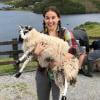














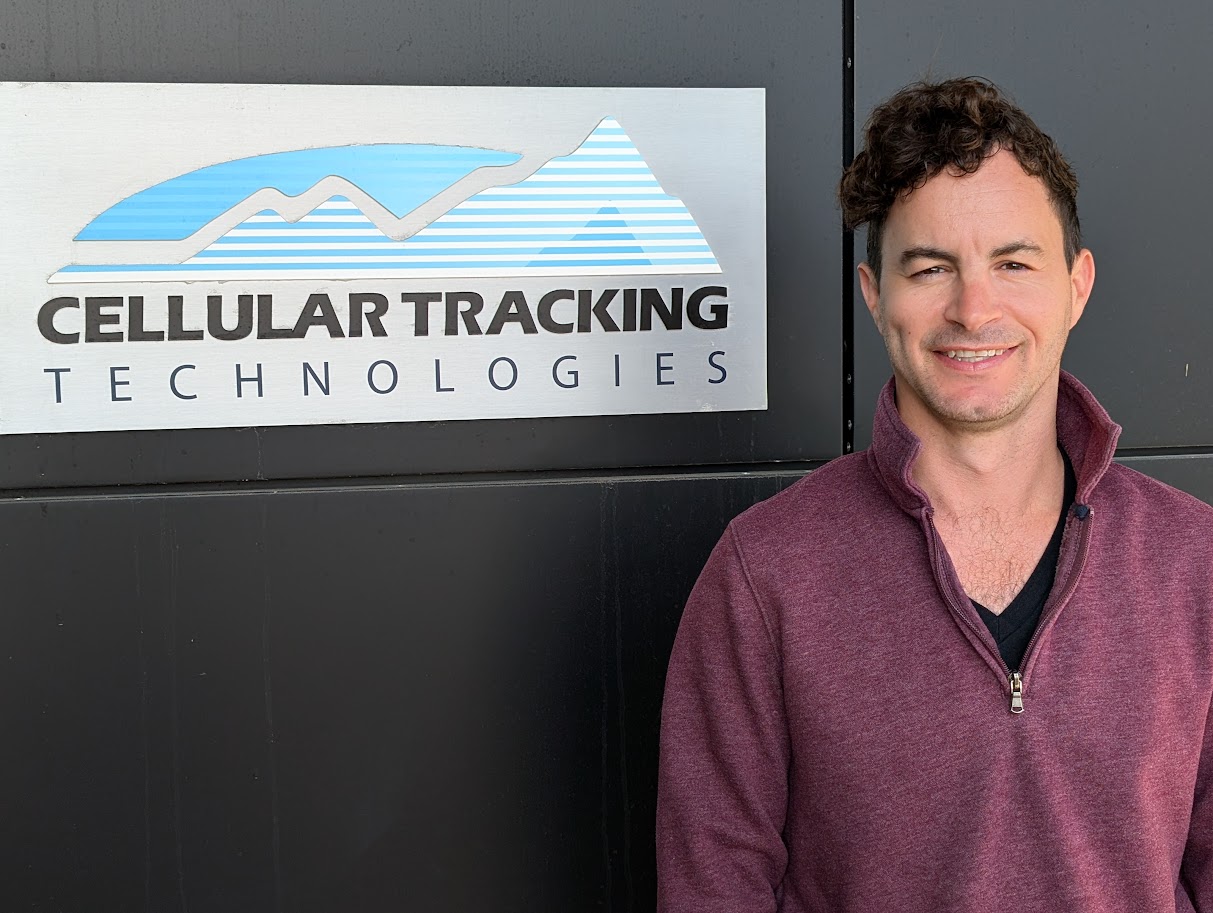





















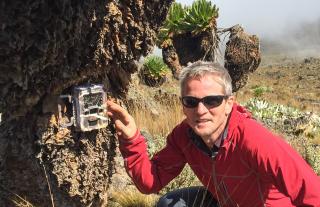

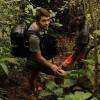
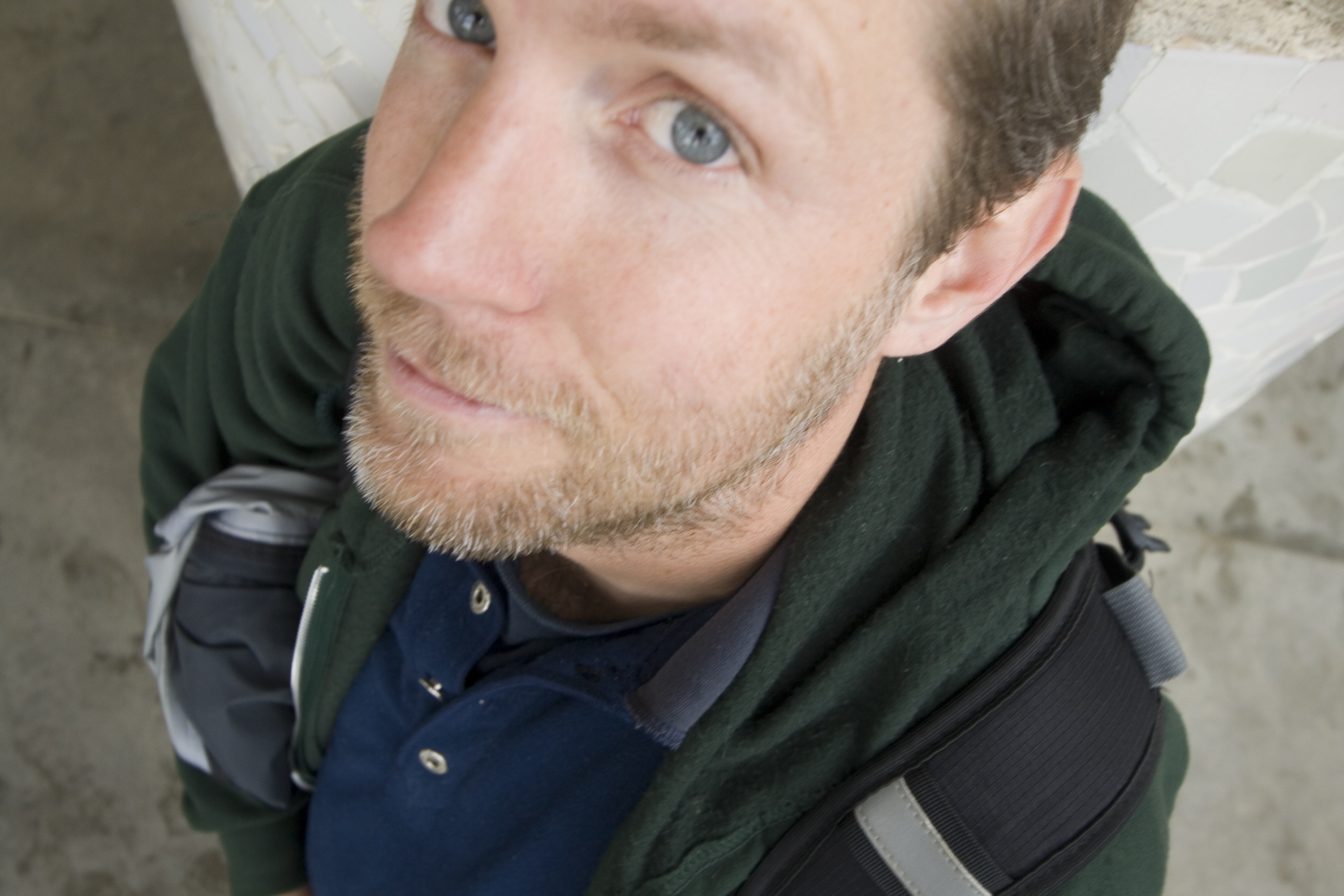






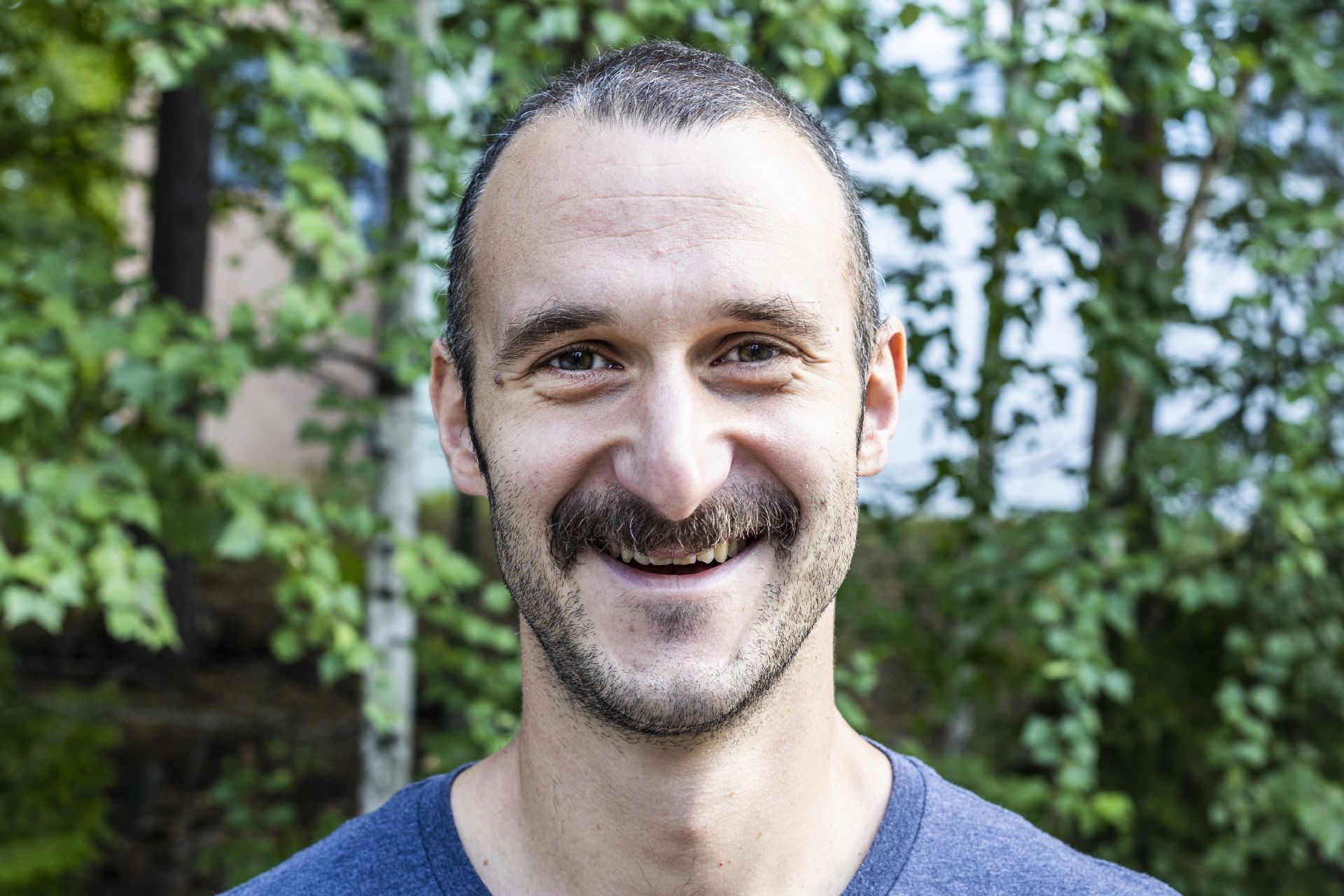








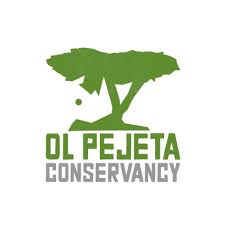












16 November 2023 1:11am